
What if the most intense parts of “The Hunger Games” weren’t fictional at all? Behind the fire and rebellion lies a patchwork of historical echoes—real tactics used by powerful regimes to stay in control. The truth behind these scenes is more familiar than you’d expect. Here’s where fiction and history collide in plain sight.
The Reaping Shows How Ancient Tributes Were Used To Enforce Power
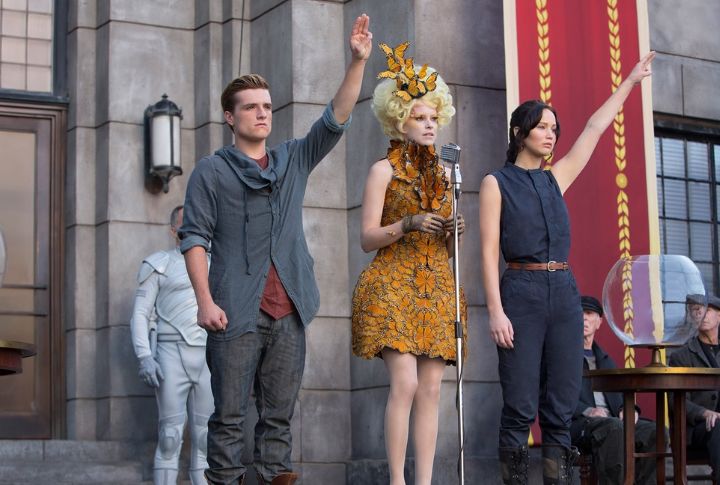
In “The Hunger Games,” the Reaping is a public lottery where children are chosen to fight to the death. This mirrors ancient Athens, where children were sent to Crete for sacrifice. Katniss volunteers to replace her sister and reflects on Theseus, who stepped in to stop the ritual killings.
Panem’s Name Comes From A Roman Strategy Of Distraction

Panem, the fictional nation in “The Hunger Games,” takes its name from a Roman phrase meaning bread and circuses. Roman rulers used free food and games to distract the public. The regime in Panem follows this exact playbook to control people by hiding power behind distraction and spectacle.
Career Tributes Reflect How Rome Trained Fighters For Public Control
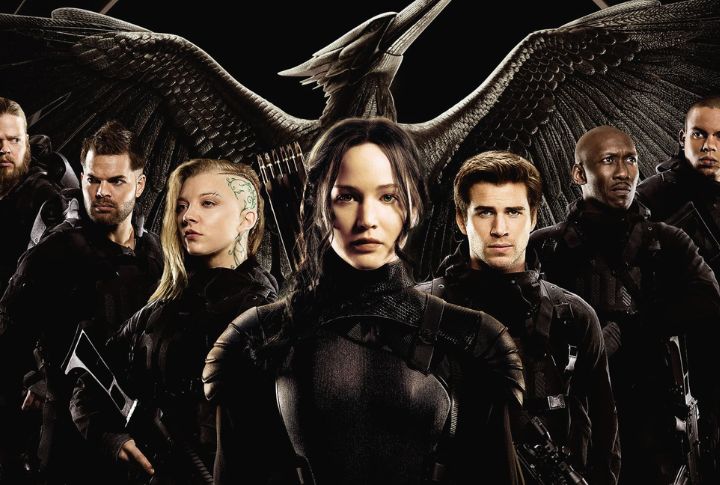
Gladiators in ancient Rome were usually enslaved men trained to fight for entertainment. The franchise copies this idea, as some districts raise children to compete in deadly games. Despite praise from the Capitol, their lives are controlled, and their deaths help reinforce the regime’s public dominance.
The Arena Uses Roman Amphitheater Tactics To Shock And Control

The Capitol’s arena, where children fight to the death, isn’t random. It mimics Roman amphitheaters, built for public violence and control. Although Rome used stone, the Capitol added changing environments and constant surveillance. Both setups aim to terrify participants and entertain the public, clearly asserting who holds power.
Districts In Panem Are Built Like Old Feudal Labor Zones
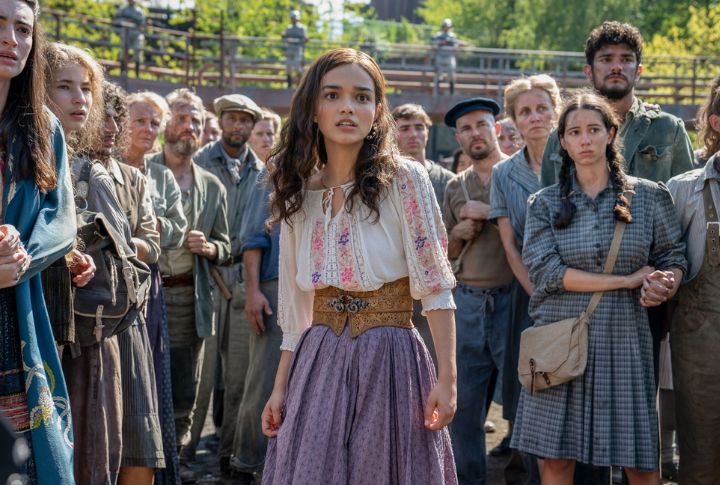
In the “Hunger Games” world, each district supplies one resource—coal or electronics—and people can’t leave or switch jobs. This mirrors medieval feudalism, where peasants were tied to the land. Peacekeepers act like armed lords, who keep people in place while the Capitol benefits from all their labor.
The Mockingjay Became A Resistance Symbol Just Like In Real Wars

The Mockingjay, a bird created by accident, becomes a powerful rebel symbol. It came from Capitol-made birds that escaped control. Katniss wears it during the Games by turning it into a badge of resistance. Like the V for Victory symbol in World War II, it unites people against oppression.
Capitol Fashion Was Modeled After France’s Pre-Revolution Elite

French nobles once dressed in elaborate wigs and massive gowns to flaunt their power and stay above the poor. The Capitol in “The Hunger Games” copied this look. By exaggerating these styles, Collins highlights just how far removed the Capitol is from Panem’s everyday suffering.
District 13 Was Structured Like Wartime Resistance Cells
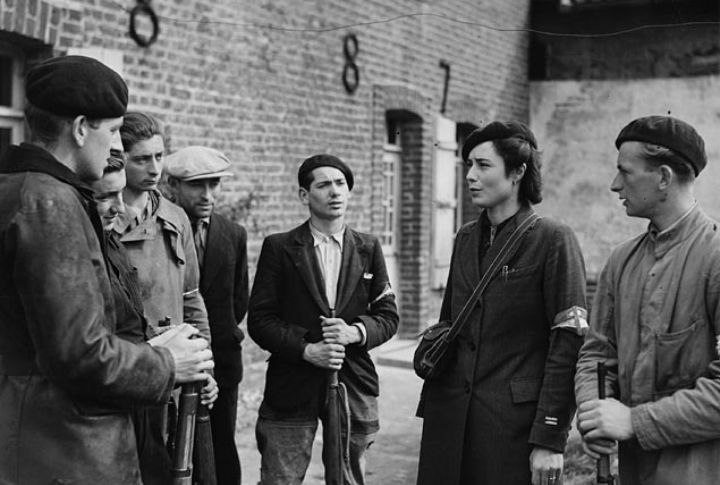
District 13’s hidden, tightly controlled world mirrors real World War II resistance groups like the French Maquis. These fighters operated in secret and followed strict rules. Their approach showed that rebellion only succeeds when people stay disciplined and commit to shared sacrifice.
Tribute Parades Copy Ancient Roman Victory Marches
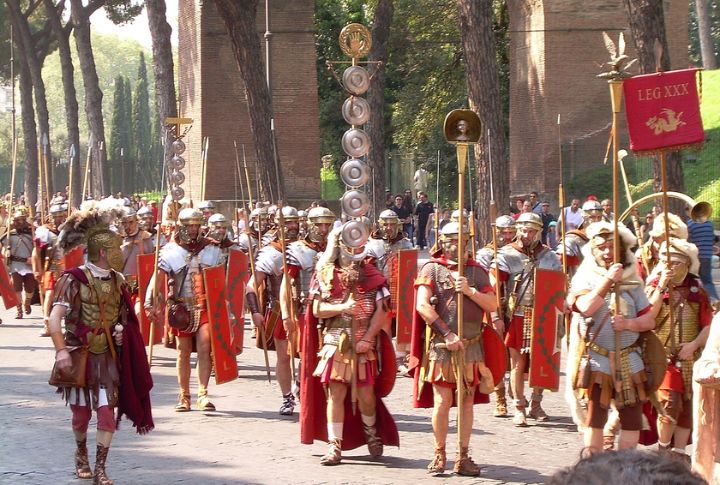
In “The Hunger Games,” tributes are teens chosen to fight until only one survives. Before competing, they ride through the Capitol in themed costumes, which copy Roman military parades. Katniss and Peeta’s flaming outfits quietly disrupt the display by turning a symbol of power into a message of defiance.
The Capitol’s Food Control Mirrors Colonial Hunger Tactics
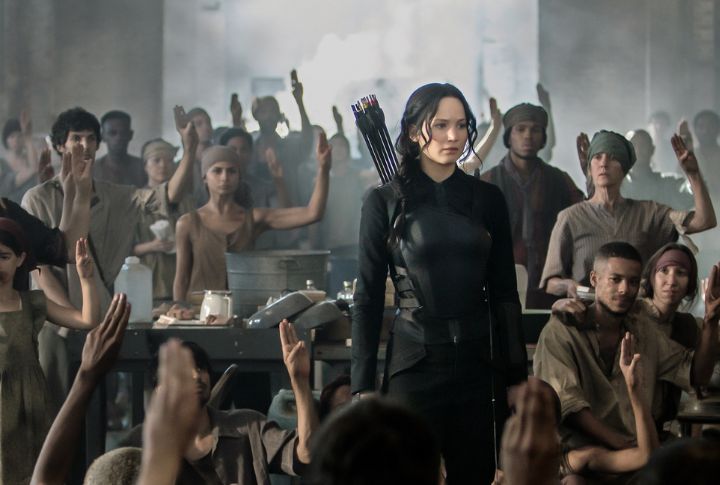
Some districts in Panem grow crops, yet still suffer from hunger and reflect real historical injustices. During British rule in India, grain was exported while locals starved. The Capitol uses the same approach—limiting access to food deliberately to keep people weak and unable to rise.

